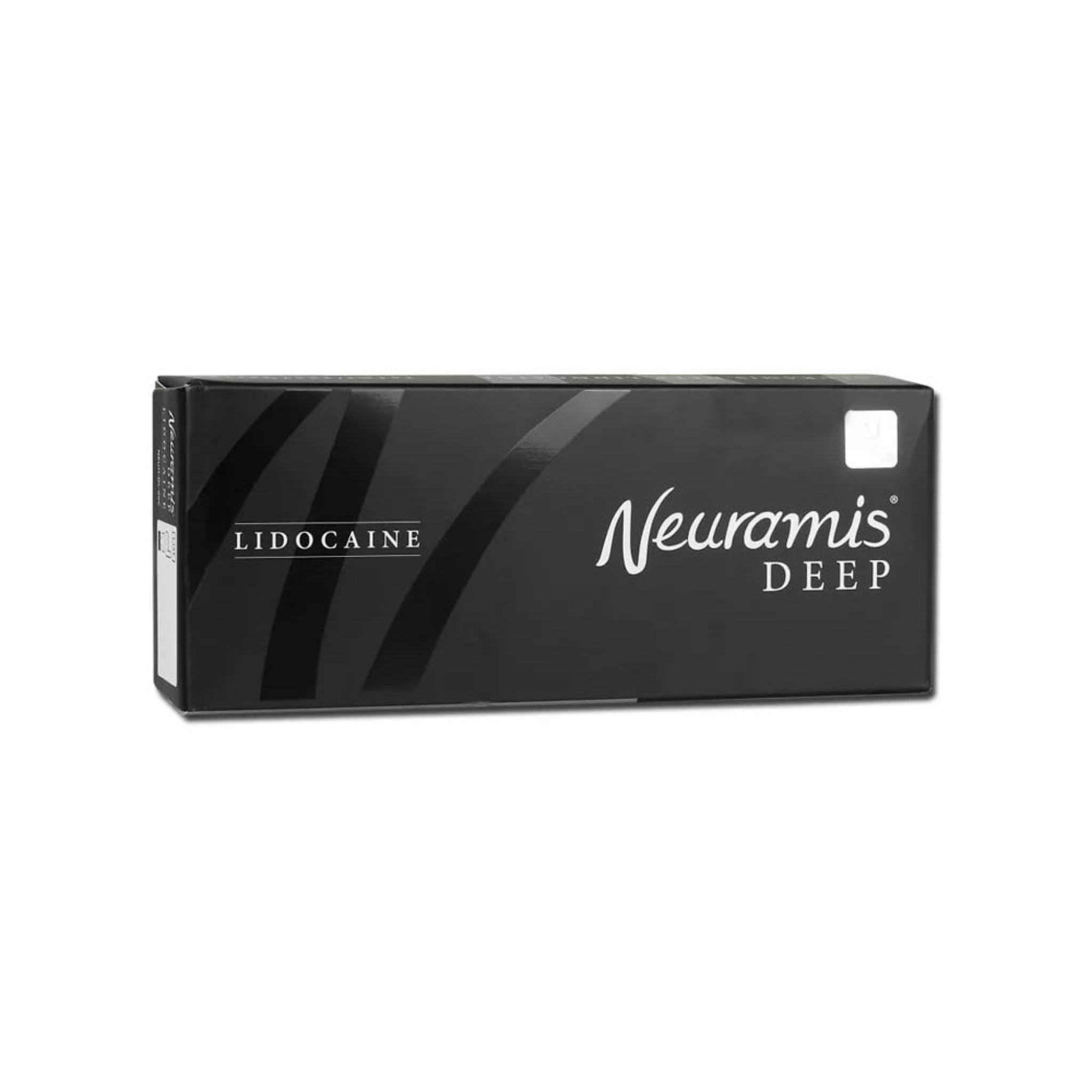
Composition and Mechanism of Action
Neuramis DEEP contains cross-linked hyaluronic acid, which provides a gel-like consistency that can effectively fill wrinkles and add volume to areas such as the cheeks, chin, and jawline. The cross-linking process increases the stability of the hyaluronic acid, allowing it to last longer in the tissue compared to non-cross-linked forms.
Lidocaine is included in the formulation to provide immediate pain relief during injections. When injected into the skin, lidocaine blocks nerve signals in the area, reducing discomfort for patients undergoing aesthetic procedures.
Indications for Use
Neuramis DEEP + Lidocaine is indicated for:
- Facial Volume Restoration: It is particularly effective for restoring volume in areas that have lost fullness due to aging or weight loss.
- Wrinkle Treatment: It can be used to smooth out moderate to severe facial wrinkles and folds.
- Facial Contouring: The product can help define facial features such as cheekbones and jawlines.
Injection Technique
The injection technique plays a crucial role in achieving optimal results with Neuramis DEEP + Lidocaine. A qualified healthcare professional typically performs this procedure using a fine needle or cannula to minimize trauma to surrounding tissues. The depth of injection may vary depending on the treatment area; deeper injections are often required for volumizing effects while shallower injections are used for surface-level wrinkle treatment.
Duration of Effects
The effects of Neuramis DEEP can last anywhere from 6 months to over a year, depending on various factors including individual metabolism, lifestyle choices, and the specific area treated. Regular follow-up treatments are recommended to maintain desired results.
Safety Profile
Neuramis DEEP + Lidocaine has been shown to have a favorable safety profile when administered by trained professionals. Common side effects include temporary swelling, redness, bruising at the injection site, and mild discomfort during or after treatment. Serious adverse events are rare but may occur; therefore, it is essential for patients to discuss their medical history with their provider prior to treatment.
